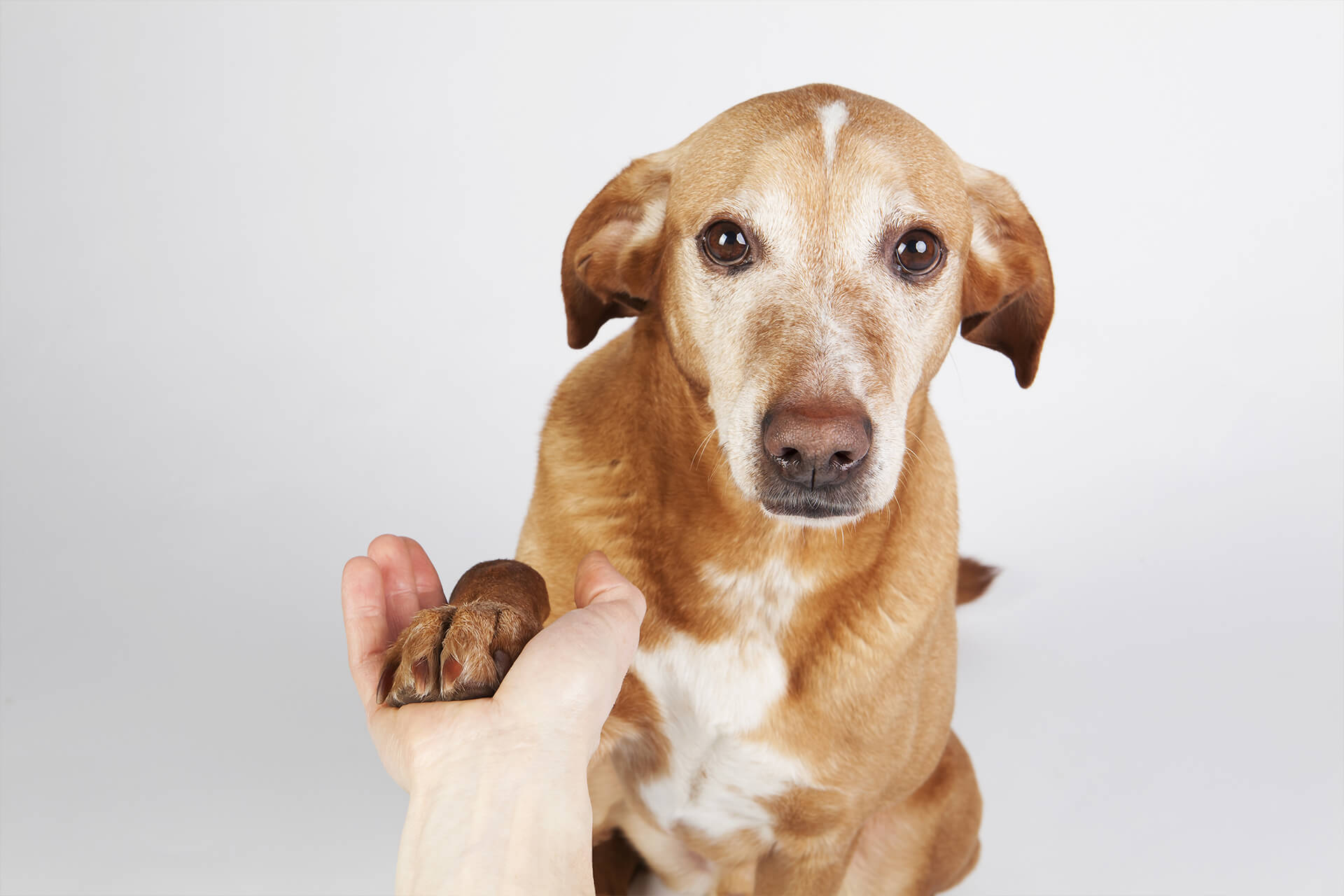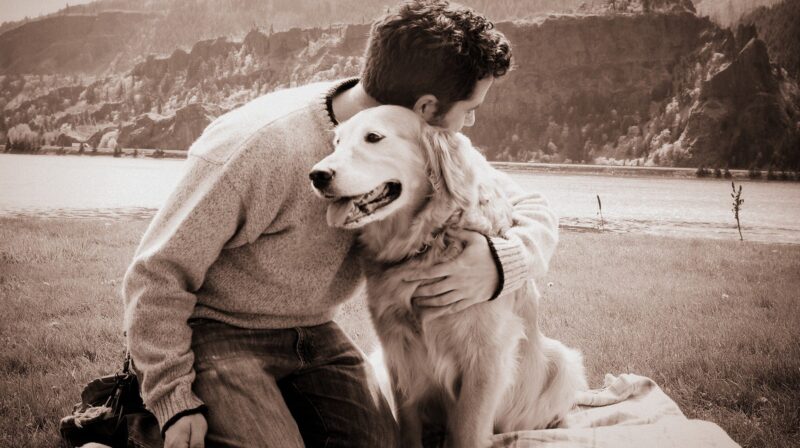Adopted and adult dogs can be a challenge to train, but it’s not impossible. With the right strategies, you can teach your old dog new tricks! In this article, we will explore four tips for training adopted and adult dogs in 2023.
From understanding canine behavior to using positive reinforcement techniques, these methods are essential for the effective training of older pups. So if you have an adopted or adult dog at home, keep reading to learn how best to approach their education!
Establish Routines and Rules for Training
Adopting an older dog is a rewarding experience, but it can also come with unique challenges. Establishing routines and rules for training is essential to ensure success. Here are four tips to help you get started:
- Start slowly – take things slow when introducing your new pet to the home and their surroundings. Allow them time to adjust and feel comfortable before trying any serious training exercises.
- Make sure they understand commands – repetition is key when teaching commands; use positive reinforcement like treats or rewards, such as French bulldog merchandise, whenever they fulfill a task correctly.
- Create consistent boundaries – make sure that your pup knows what’s allowed and what isn’t in order to foster proper behavior over time; this could include everything from not jumping on furniture to never barking at other dogs during walks together!
- Set aside dedicated training times each day – try setting aside 15-30 minutes of structured playtime every day where you focus solely on teaching them new behaviors or reinforcing existing ones; consistency will go a long way towards making sure your pup understands all the rules!
Use Positive Reinforcement Techniques to Encourage Good Behavior

Positive reinforcement techniques can be incredibly effective when it comes to teaching old dogs new tricks. Unlike traditional methods of rebuke and punishment, positive reinforcement encourages good behavior by rewarding the dog with something they enjoy, such as treats or praise. Not only does this method help you’re adopted or adult pup learns faster, but it also helps foster a bond between you and your pet. Here are four tips for using positive reinforcement techniques in training:
- Start slow – don’t expect too much from your pup right away; begin with smaller goals that they’re able to accomplish while building on those successes over time.
- Be consistent – repetition is key to learning so make sure you practice each trick multiple times during each session and consistently reinforce their success with a reward like a treat or verbal praise.
- Keep things interesting – vary up the rewards you give your pup by changing what type of treatment you use for the successful completion of tasks or adding different toys into the mix; doing this will prevent boredom from setting in which could impede progress towards learning new tricks.
- Set achievable goals – break down complicated commands into small steps that are easier for them to understand; this way they won’t get overwhelmed trying to complete one big task but instead focus on mastering smaller pieces first before putting everything together at once. By following these simple tips, you’ll be well on your way to helping teach old dogs new tricks!
Develop a Consistent Language for Commands
When it comes to teaching old dogs new tricks, one of the most important elements is developing a consistent language for commands. Establishing an easy-to-understand and uniform system of communication can mean success or failure when training your adopted or adult dog. To create this consistency, use verbal cues and hand signals together whenever you give instructions.
This way, even if your pup doesn’t understand what you are asking him to do at first, he will still be able to recognize the same command each time after repetition. Additionally, make sure that everyone in your household is using the same language with your pup so that he won’t become confused by inconsistent words and phrases used by different people.
Finally, act as quickly as possible when giving commands; delays can lead to confusion and make it harder for your pet to learn effectively. With these tips on how to develop a consistent language for commands in mind, you will be well on your way toward successfully teaching old dogs new tricks!
Make Training Fun and Rewarding for Your Dog

Making training fun and rewarding for your adopted or adult dog is key to teaching them new tricks. One way to do this is by using positive reinforcement techniques, such as giving rewards when they achieve a desired behavior.
This could be in the form of treats, verbal praise, or even a pat on the head for a good job! You should also ensure that you have plenty of time set aside for training sessions with your pup – try breaking down bigger tasks into smaller steps and work up from there. You can make use of games like fetch and tug-of-war too – these are great ways to build trust between you both while having fun at the same time.
Letting your pup take breaks throughout their session will help keep them motivated, so don’t forget to give them plenty of opportunities to rest during their learning journey. Finally, remember that consistency is key – if you stick with it, soon enough your pup will be mastering all those tricky new tricks!


